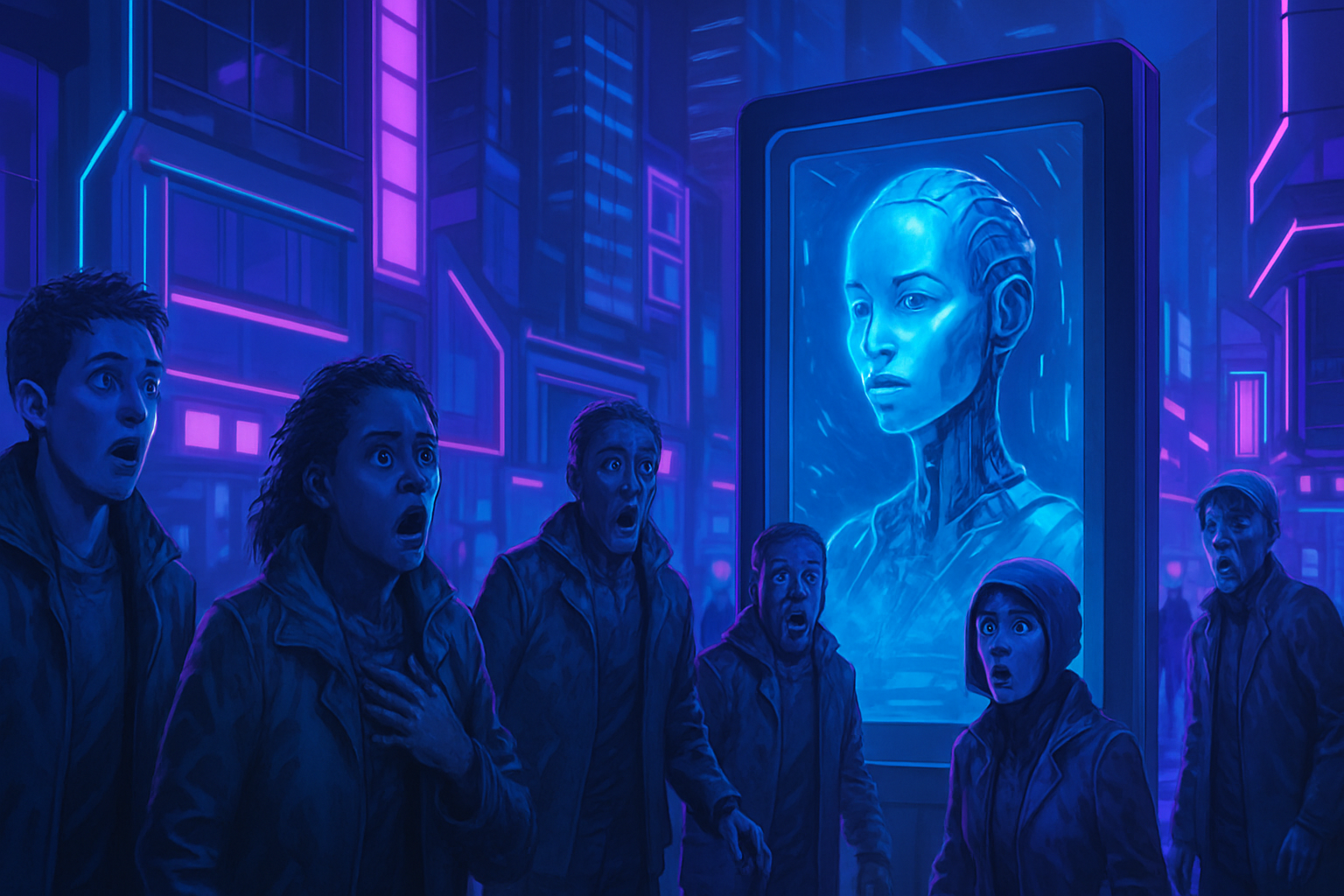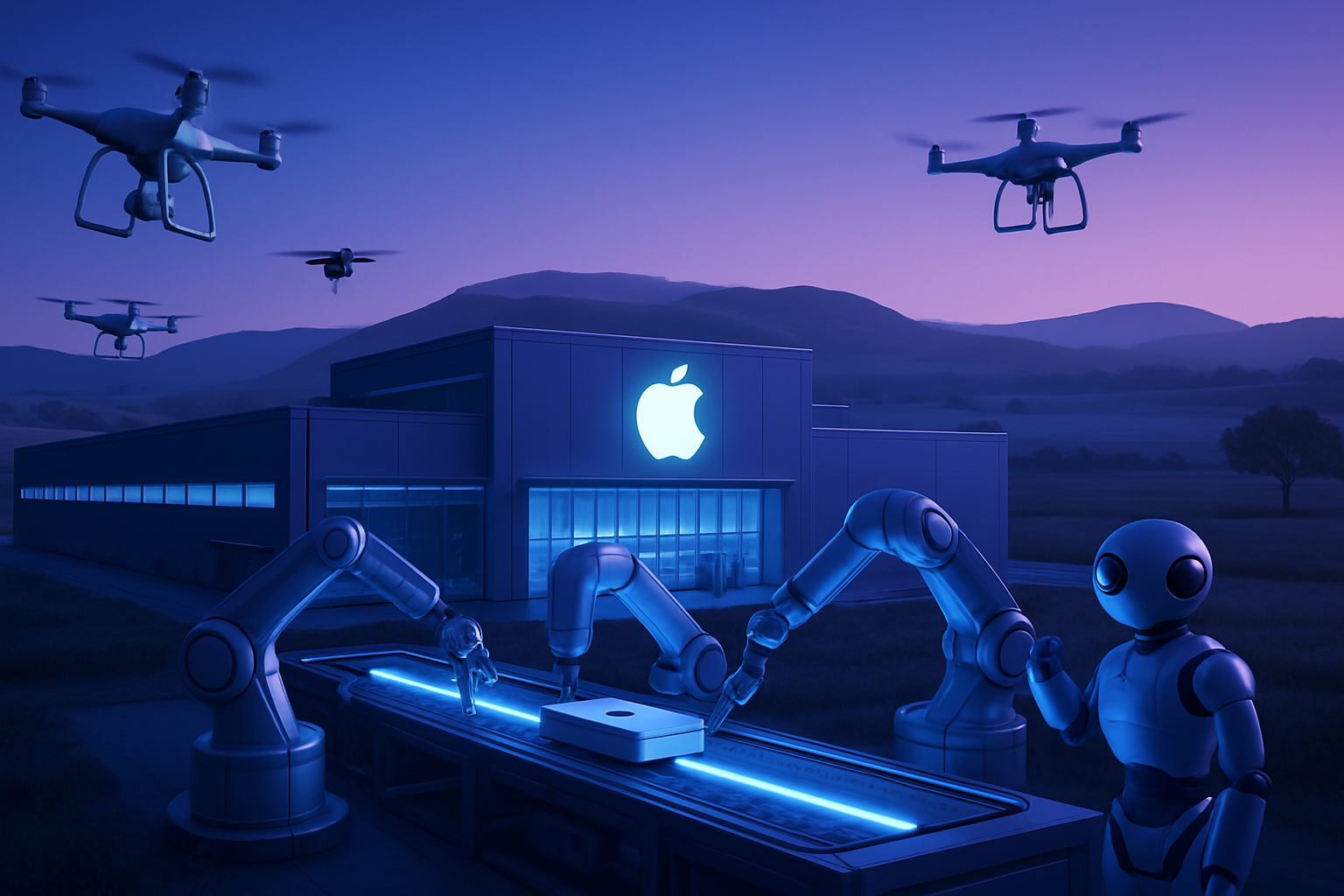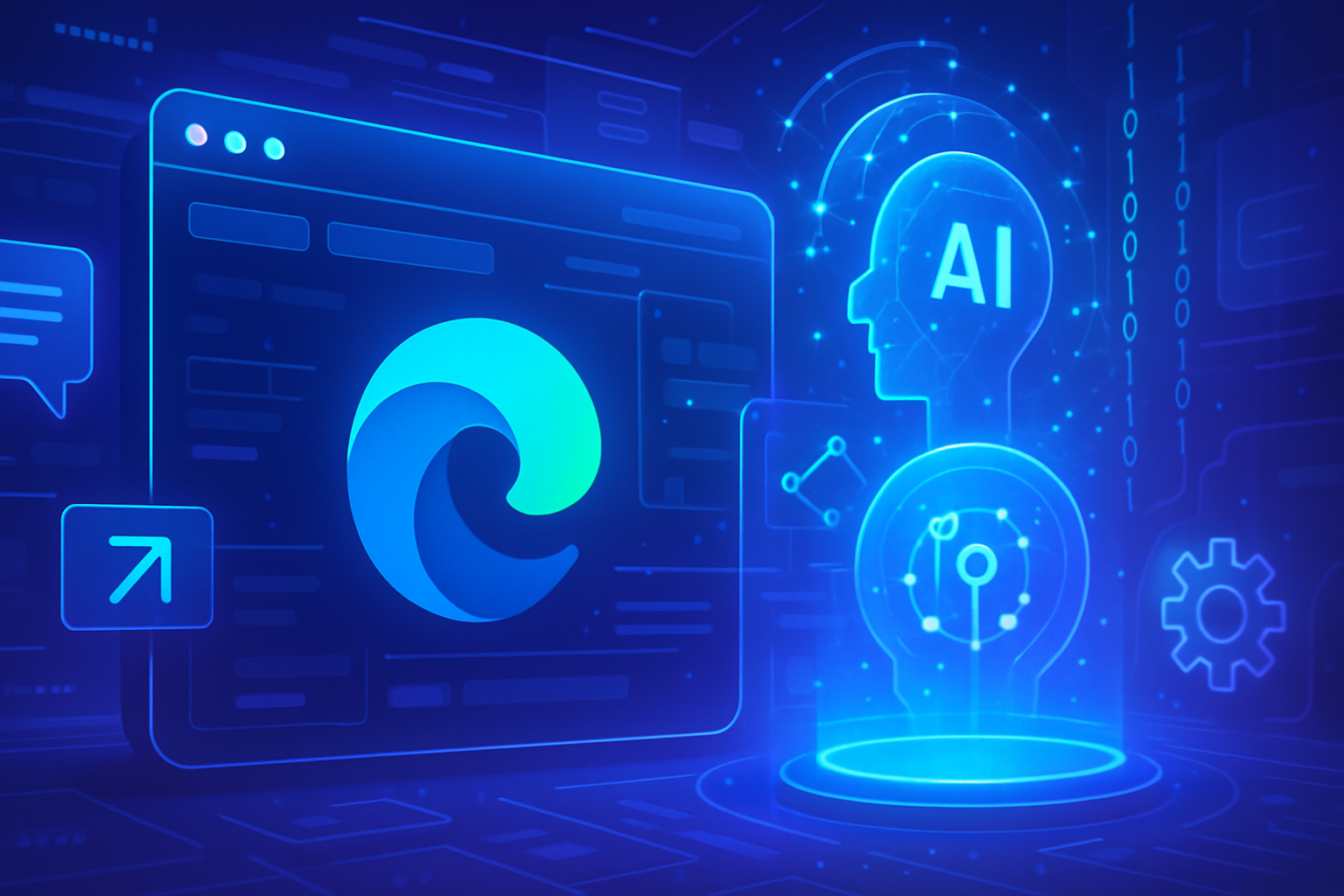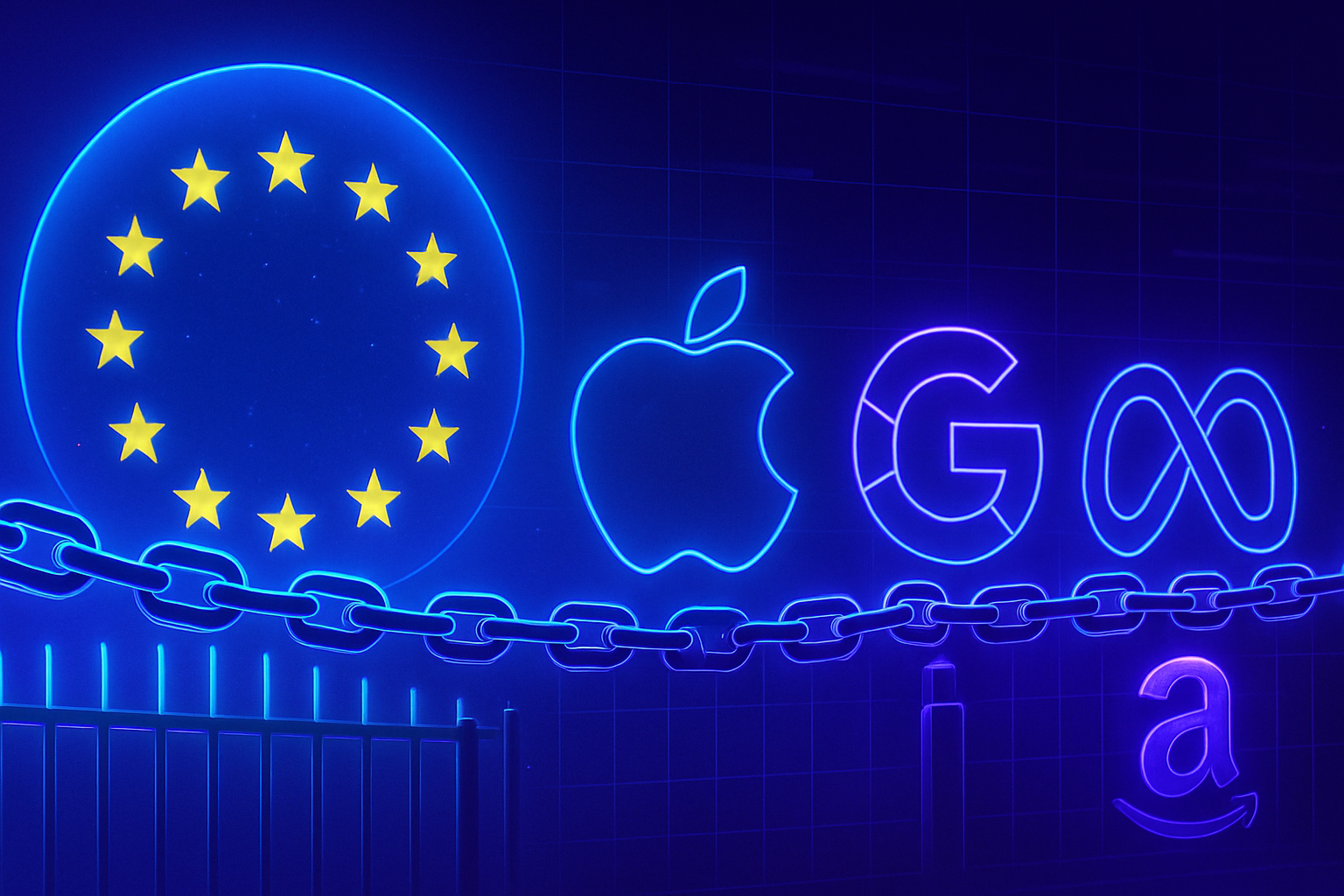The transition of TikTok to artificial intelligence raises questions about the future of digital moderation. This strategic evolution leads to the layoff of hundreds of employees, a bold maneuver to optimize internal processes and reduce costs. _The adoption of AI technologies profoundly transforms organizational structures_, while also raising significant ethical and social issues. Users of the platform find themselves immersed in a new era where the effectiveness of AI systems redefines the contours of content experience. _TikTok’s strategy embodies a significant challenge for industry professionals_, potentially leading to long-term upheavals.
TikTok and Its Workforce Reduction Strategy
The TikTok platform, a subsidiary of the Chinese group ByteDance, recently announced the elimination of several hundred positions. This decision is part of a transition to artificial intelligence (AI) to optimize its services, particularly in content moderation.
Transformations in Content Moderation
TikTok plans to reduce its staff dedicated to moderation. This follows the claim that artificial intelligence will surpass human capabilities in identifying inappropriate content. In this context, the company is relying on advanced algorithms to address current challenges, such as misinformation and the spread of fake news.
Implications of Layoffs
The layoffs primarily affect content moderators, whose tasks will gradually be automated. TikTok claims that 80% of non-compliant content is now removed thanks to AI. This technological advancement ensures a quicker and more effective management of plagiarized or inappropriate content, thus reducing the need for such a large human workforce.
The Role of ByteDance in This Transition
ByteDance is also active in this dynamic. It aims to develop its own AI-dedicated processors to better manage associated workloads. By optimizing its infrastructures, ByteDance aspires to make TikTok more autonomous and less dependent on third-party AI models.
Ethical Questions and Public Debates
These changes raise ethical concerns regarding the impact of AI on employment. Academics and analysts are questioning the consequences that this automation could have on work relations and the quality of moderated content. The debate on the use of AI in large companies like TikTok is more relevant than ever.
Continued Innovation and Future Confrontations
TikTok is also testing AI solutions designed to identify objects within videos, a development that could boost e-commerce through the platform. By integrating innovative tools, TikTok positions itself as a key player in the fight against misinformation while promising a refined user experience.
Technical Challenges and Oversight
The rise of AI presents colossal technical challenges. One of the major issues lies in the algorithms’ ability to discern between humorous content and harmful content, a delicate task subject to human interpretation. The management of transparency for these algorithms represents a crucial criterion, intensifying the demand for regulation by the relevant authorities.
Long-Term Challenges for the Industry
With the prospect that artificial intelligence will continue to develop, the landscape of social networks will transform radically. TikTok, a champion of digital trends, must skillfully navigate between innovation and responsibility. The role of AI in this evolution raises questions about the sustainability of employment in the long term and the new forms of interactions that will arise.
FAQ on Workforce Reductions at TikTok and Artificial Intelligence
Why is TikTok reducing its workforce?
TikTok has decided to reduce its workforce in order to implement a new content moderation strategy that relies more on artificial intelligence, allowing for cost optimization and improved moderation efficiency.
How many jobs are being cut at TikTok?
According to announcements, several hundred positions will be eliminated within the company as part of this transition.
What types of positions are affected by these layoffs?
The layoffs primarily affect content moderator positions, which will largely be replaced by artificial intelligence technologies.
What is TikTok’s goal with this transition to AI?
The goal is to improve content moderation capabilities, reduce operational costs, and ensure a more effective management of the content published on the platform.
How will artificial intelligence replace human moderators?
AI is used to analyze content more quickly and automatically identify those that do not comply with community standards, allowing for the processing of a larger volume of data in real-time.
What are the concerns associated with using AI for moderation on TikTok?
Concerns include the possibility of false positives or unjustified removal of content, as well as the risk of algorithmic bias that could affect fair treatment of users.
How will this workforce reduction affect content quality on TikTok?
This could have consequences for the initial quality of moderation, but TikTok hopes that increased use of AI will allow for better management and more suitable content for user expectations in the long term.
Are other companies adopting this workforce reduction strategy through AI?
Yes, many companies across various sectors are beginning to use artificial intelligence to reduce costs and improve operational efficiency, with TikTok being just one example among others.
What are the implications for remaining employees at TikTok?
Remaining employees may face changes in their roles, an increased workload due to restructuring, and an adaptation to the use of new artificial intelligence technologies.
How will TikTok users feel these changes?
Users may perceive an increase in the speed of content moderation and more proactive management of inappropriate behaviors, but also a potential increase in errors in content filtering.






